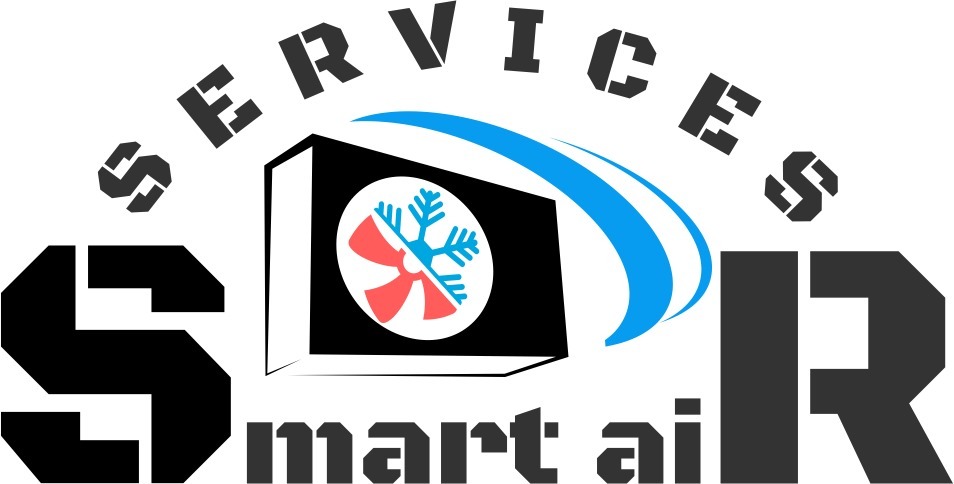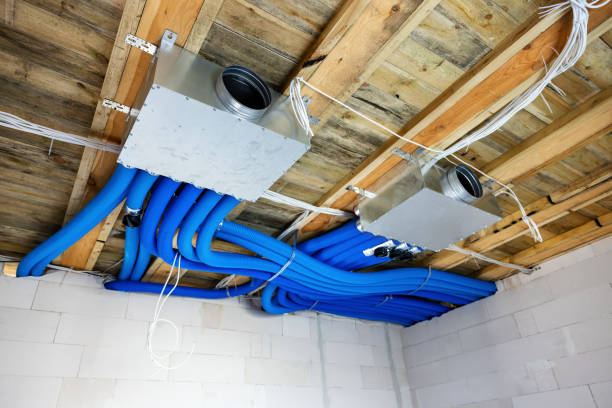Almost all houses have some ventilation system installed to help improve airflow. In most cases, this will be in the form of an extractor fan in the bathroom or kitchen which removes moist air in those rooms.
While single room extractor fans are an important part of ensuring good ventilation, they are limited in their ability to keep air fresh throughout the house.
Whole house ventilation systems provide the ability to refresh air throughout all rooms, distribute heat more effectively, and remove the risk of condensation and damp altogether.

Different Types of Whole House Ventilation System
Fundamentally there are two types of ventilation system that are defined by the way in which they manage air flow through a building.
Positive Input Ventilation (PIV) systems work by drawing air into a building from outside. This subtly increases the air pressure in the building and forces the air to move around from room to room before escaping.
Mechanical Extract Ventilation with Heat Recovery (MVHR) works in the opposite way to PIV. Moist air is taken out of the building through a central system of extractor fans connected to various rooms and is replaced with fresh clean air that is filtered as it enters. MVHR systems include a heat recovery system that warms up fresh air as it is drawn into the building. This air is then added to non-wet rooms. Heat Recovery systems save energy by preventing heat loss when the air is extracted from the building making them highly efficient.
Both systems are designed in a similar way with a central pump that is normally fitted in the loft which draws air through ducts that connect into different rooms so that the whole house benefits from fresh air. The process of installing a Positive Input Ventilation system requires fewer changes to the structure of a building, so is more suited to an existing property, whereas MVHR systems are normally installed in a new build or as part of a more substantial renovation.



Leave a Reply